Ermengarde de Beaumont + Balmerino Abbey
A shining beacon of physical evidence for medieval Scottish queenship, or just a tired ruin?
I always intended to visit Balmerino Abbey, but it was only in February of this year that I finally made the journey. It may be a rather sad ruin today, but this was an important religious site founded and beloved by a medieval Scottish queen. In the face of sparse evidence of medieval elite women, Balmerino is a joyous remembrance of the thirteenth-century queens of Scotland.
You can find Balmerino Abbey above the banks of the mighty Tay. It is in a quiet and rural area, and upon entering the abbey grounds there is a tranquillity that does not come from a place devoid of memory.
Fragments of the abbey remain. The north wing is in the best condition, its chapter house arches held up by wooden props and its windows overrun with ivy. An ancient Spanish Chestnut reaches twisted fingers towards the sky, close to where a tall wooden cross marks where the high altar once was—and where its founder was buried.
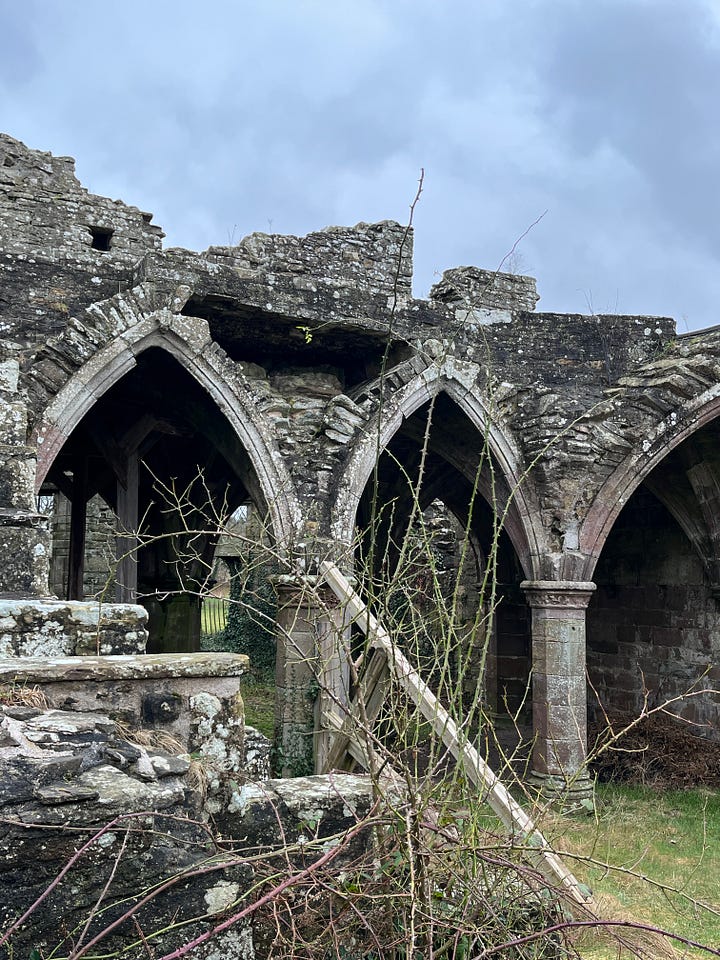
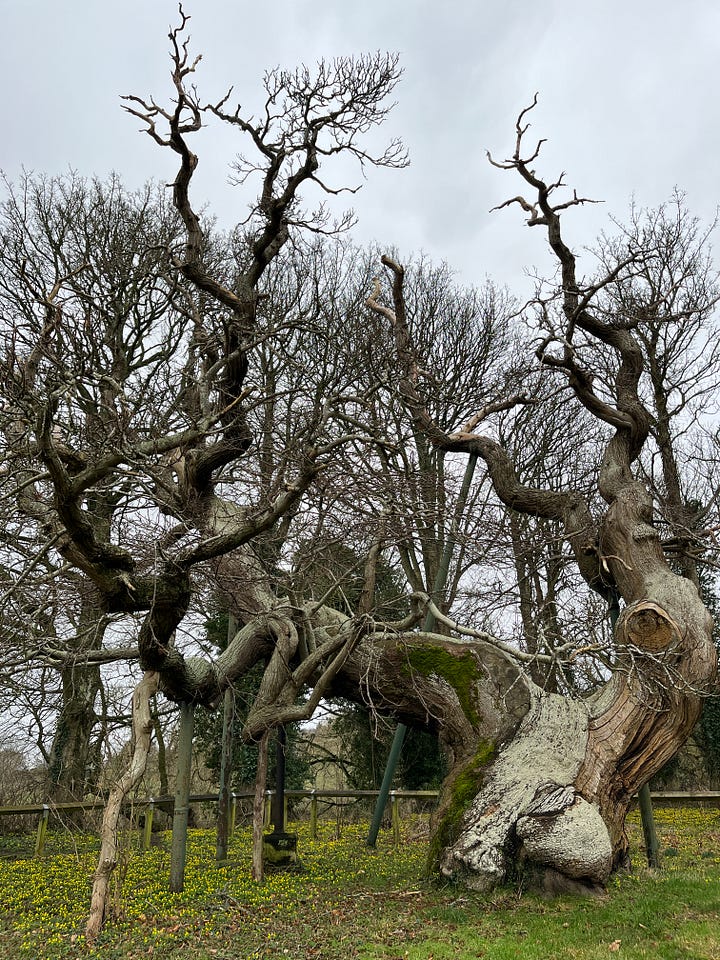
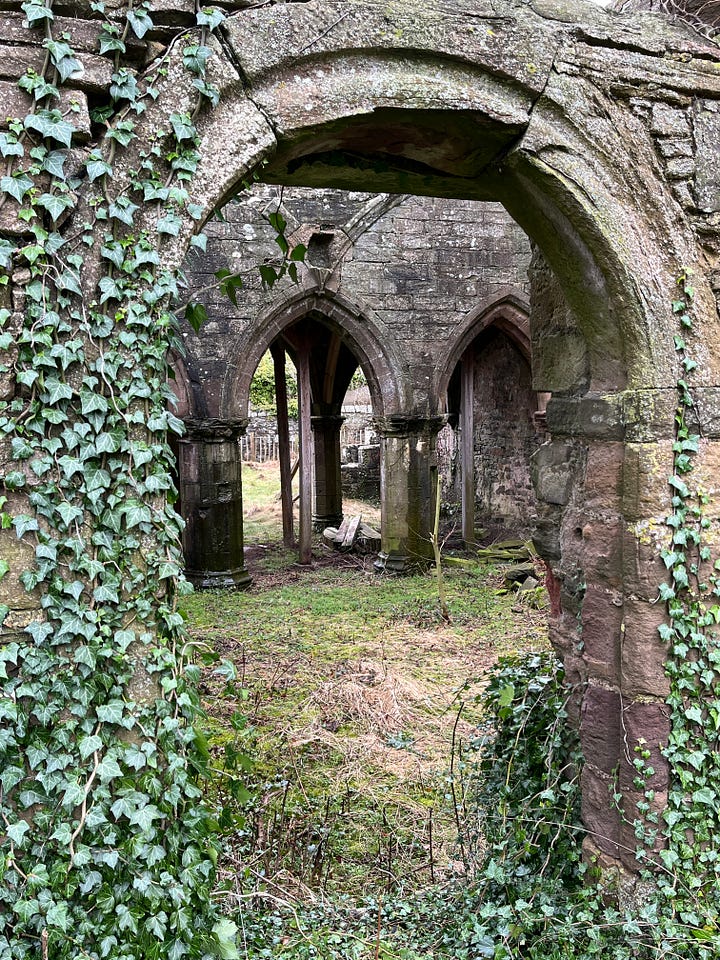
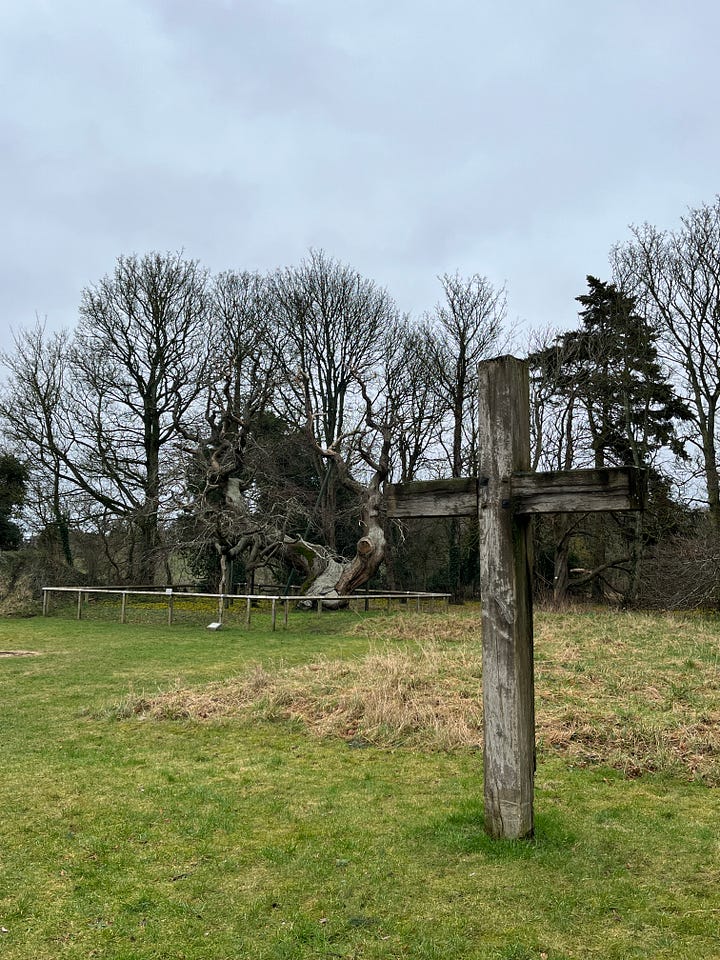
Balmerino Abbey was founded c.1227 by Ermengarde de Beaumont, queen consort to William I of Scotland—more popularly known as William the Lion. Ermengarde’s queenly position in Scotland was unexpected. While she was a daughter of French aristocracy, her father was the son of an illegitimate daughter of Henry I of England. This illegitimacy meant that she had very diluted royal blood—not the most attractive quality in a bride for a king.
William the Lion was inaugurated as King of Scots in 1165. His initial positive relationship with Henry II of England quickly soured over recurring tension around the ownership of the earldom of Northumbria. Resultantly, William participated in a revolt against Henry from 1173-74, but was disastrously captured at the Battle of Alnwick.
William’s capture was the perfect opportunity for Henry to make good on his ambitions of overlordship of Scotland, which culminated in the Treaty of Falaise in 1174. In exchange for his freedom, William was to pay homage to Henry as his feudal overlord for Scotland, in addition to meeting a ransom of a whopping £26,000. Crucially, Henry would also have the right to choose William’s queen.
Initially, William requested to marry Henry’s granddaughter. Henry refused this prestigious match for William and instead presented the daughter of one of his French allies: Ermengarde de Beaumont. William scorned this suggestion on account of Ermengarde’s status (remember that diluted royal blood?), but Henry’s counteroffer was convincing: pay for the wedding, provide land valued at 100 merks, pay the fees for forty knights, and return two castles in Scotland held by the English, including Edinburgh Castle.
Ermengarde and William were married by the Archbishop of Canterbury on September 5th 1186. William’s unhappy approach to the marriage and an age difference of approximately 28 years—William was 44 and Ermengarde was 16—would allow one to assume that Henry’s scheme would result in a miserable union. It is quite extraordinary that the opposite seems to have occurred.
In addition to having four children who would survive to adulthood—only once Ermengarde was in her twenties—the couple’s success can also be seen in Ermengarde’s popularity as queen consort, and later queen dowager. From c.1205 William began facing bouts of ill health which prevented him from participating in public duties, which resulted in Ermengarde taking on royal duties in the running of the kingdom. This not only demonstrates her expected capability, but also the trust shared between the king and queen. Ermengarde’s various duties included presiding over legal cases, preparing her son for his future responsibility as king, and negotiating and mediating with the infamous King John of England.
When William died on December 4th 1214, Ermengarde was devastated by his death. However, grief did not stop her from ensuring the immediate inauguration of Prince Alexander the day following William’s death, nor from escorting her late husband’s funeral procession to Arbroath Abbey five days later. Ermengarde would be queen dowager for another 20 years. It is clear that she was a very popular figure in Scotland who continued to approach her royal duties with vivacity, to such an extent that her son Alexander II’s new queen, Joan Plantagenet of England, was overshadowed by the reputation of the queen dowager.
This brings us back to Balmerino Abbey. Balmerino was Ermengarde’s beloved project during her years as a widow. She is credited as its founder and was the one to purchase and provide the land for the abbey and oversee its construction. She and Alexander regularly visited and resided at the abbey, meaning that this was a place that was a queen’s place of power and personal residence.
Visiting Balmerino today, it seems like a terribly ruined and abandoned place. But you can feel in its atmosphere the significance of this place. As the sun began to shine while I explored the ruins, illuminating the carpet of snowdrops in the trees fringing the abbey and sending the birds singing, I could almost imagine the regal figure of Ermengarde de Beaumont wandering through her beloved abbey and admiring the same view across the River Tay. Though the tomb in which she was interred at the high altar in 1235 has not survived the ravages of time, she is still very much here.
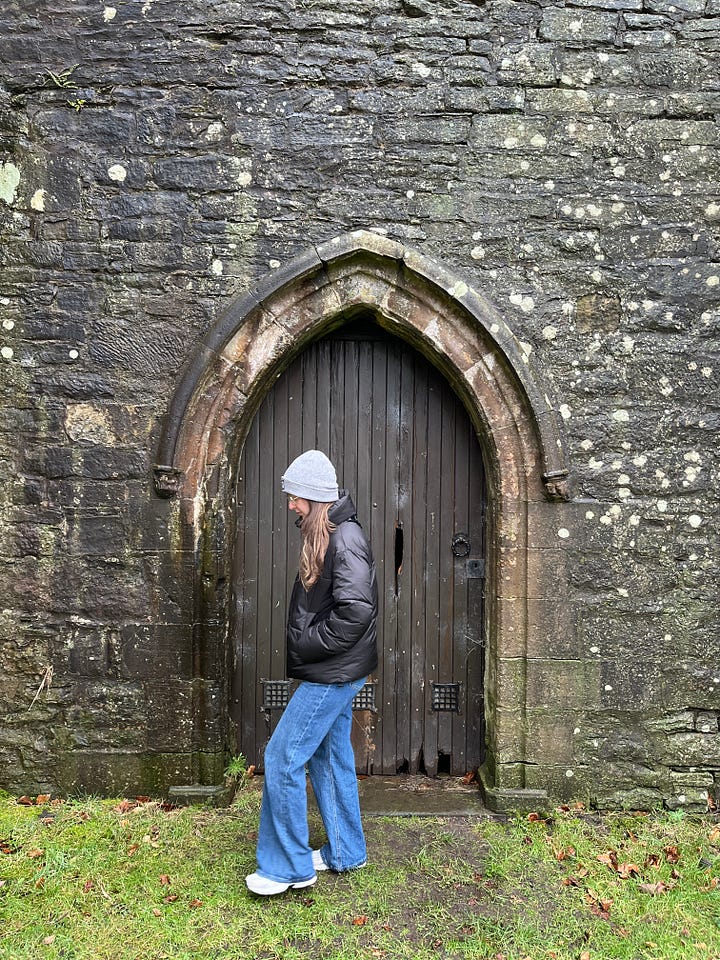
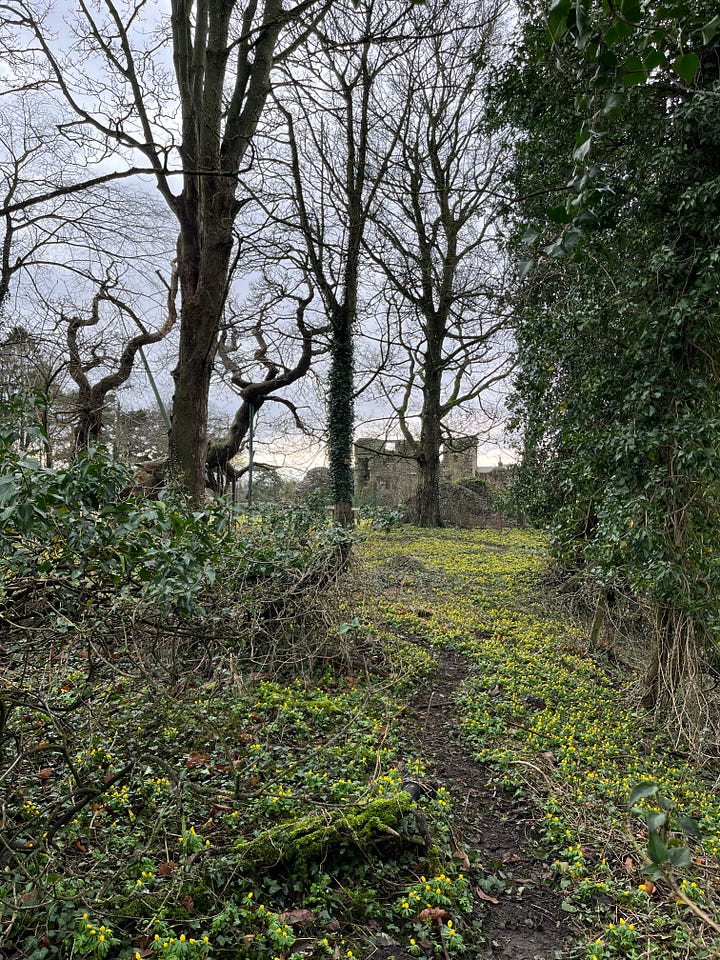
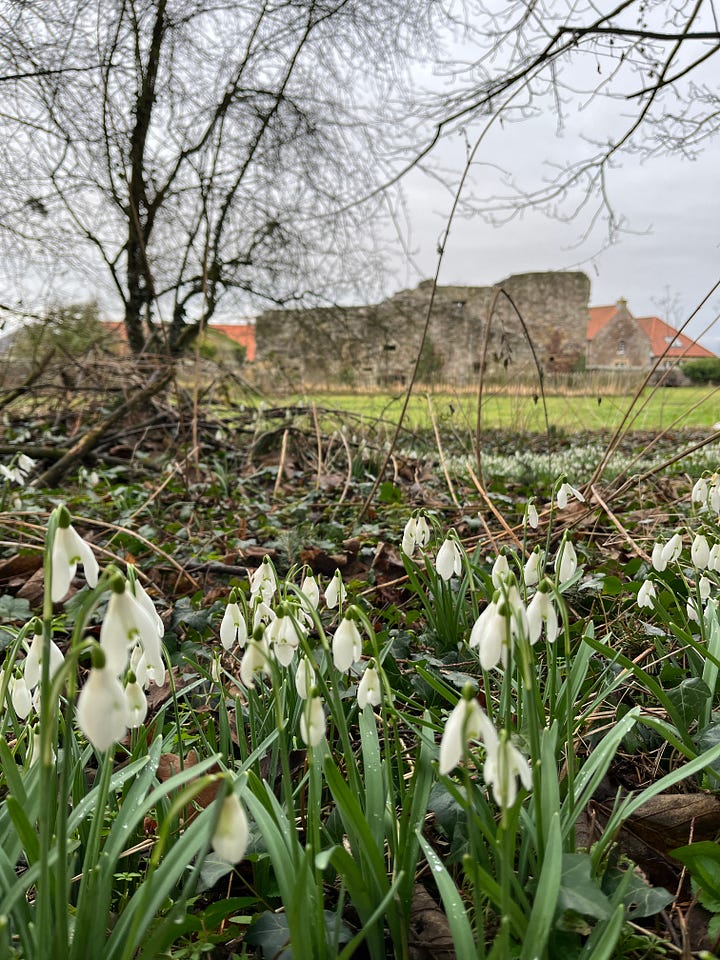
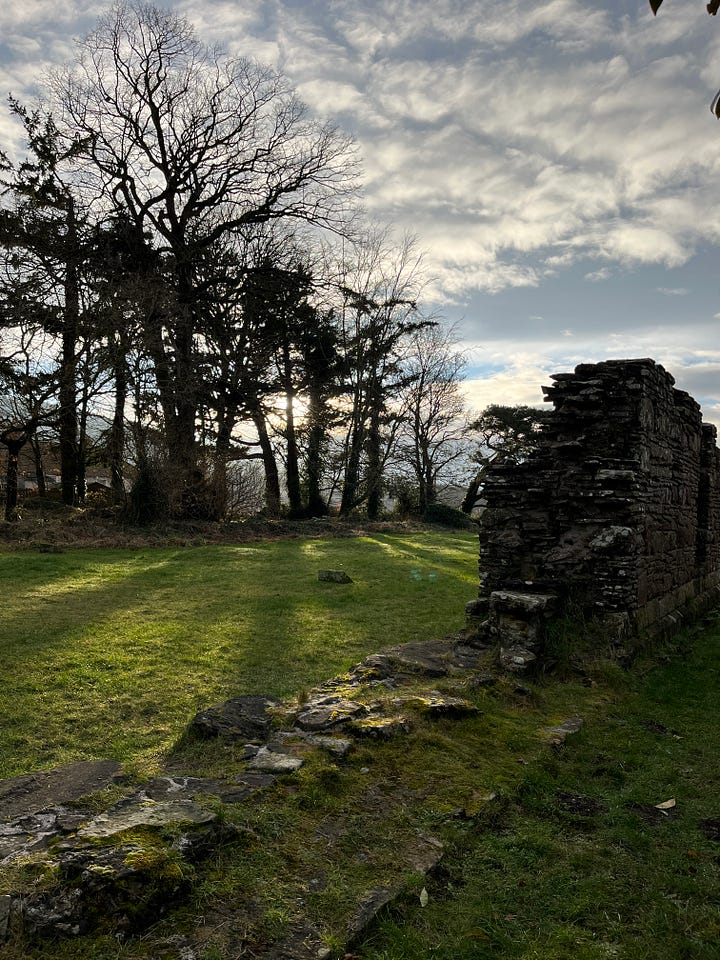




An interesting and beautifully told piece of history. I’m glad young Ermengarde had a good marriage and an important part in running the affairs of the land.
Beautiful photos too. Those crazy twisted trees look like frantic ceremonial dancers!
I haven’t been there for many years. Thanks for an informative and evocative read.